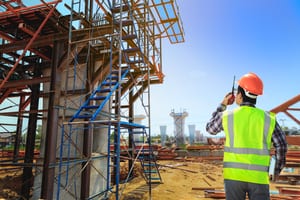
Construction Defects Can Cause Serious Slip and Trip Injuries
Construction Defects Can Cause Serious Slip and Trip Injuries
- Broken hip
- Fractured tibia, wrist or ankle
- Elbow injury
- Shoulder injury
- Head contusion or concussion
- Spinal cord injury
The recovery after a serious fall injury can be time-consuming and costly. Many victims who are injured in a fall endure months of surgery, rehabilitation and time away from work. A victim may be able to recover compensation from the at-fault party, even the construction company, for lost wages and medical costs incurred as a result of the construction defect or negligent care in maintaining the property.
Florida law recently changed the standard for slip-and-fall and premises liability lawsuits. The new law made it even more important to consult with a Florida slip-and-fall attorney as soon as possible after an accident because the victim now has a greater responsibility to demonstrate that negligence caused the accident. It may also be necessary to recover important evidence from the location of the accident before the conditions of the property are changed to remedy the defect or code deficiency that caused the injury.


